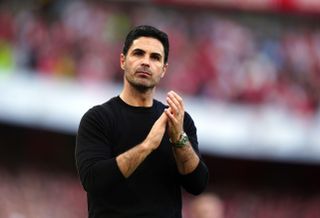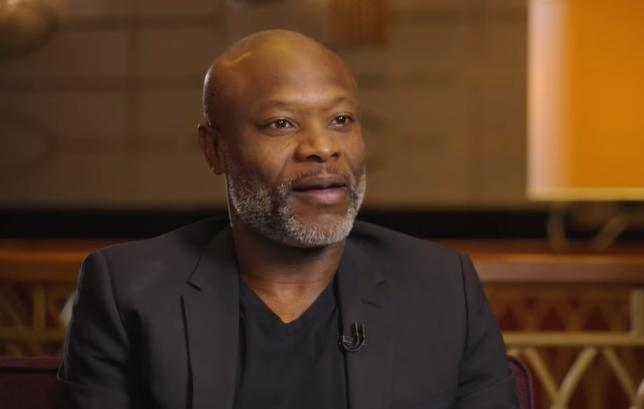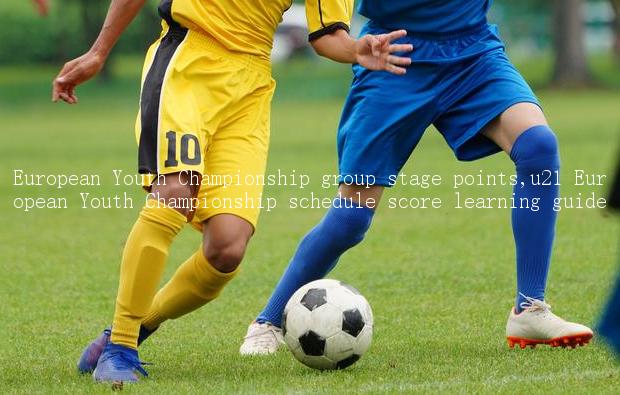The Economic Impact of Regenerating the Man United Stadium: A Potential £7.3 Billion Boost for the British Economy
The proposed regeneration of the area around Manchester United's Old Trafford stadium has the potential to generate £7.3 billion (S$12.6 billion) annually for the British economy, as indicated by an economic feasibility study commissioned by the club. This development is expected to have a significant positive impact on the local community and economy.
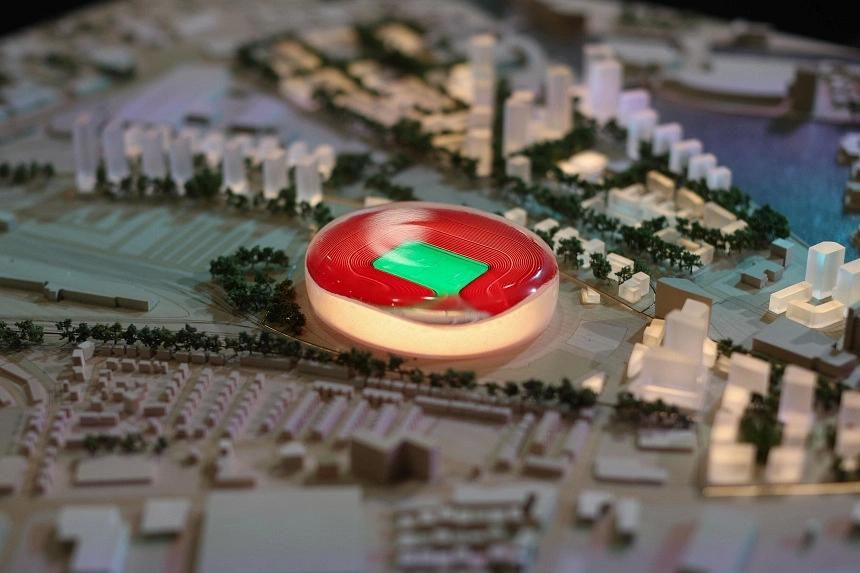
However, mayor of Greater Manchester Andy Burnham also said on Sept 23 that no public money would go towards the project.
The Red Devils are considering whether to pursue a £2 billion plan for a brand new 100,000-seater stadium or redevelop the existing 74,000 capacity Old Trafford.
Mr Burnham has backed the ambitions to redevelop the stadium alongside a “mixed use” neighbourhood featuring apartment blocks, shopping centres and new public transport stations.
Global advisory firm Oxford Economics revealed that the regeneration project could deliver 92,000 new jobs, more than 17,000 new homes and an extra 1.8 million visitors per year to the area.
“This could be the biggest regeneration scheme I’ve ever seen in this country,” said Mr Burnham.
“We hope it’s the best football stadium in the world, which brings benefits to residents around it.”
The mayor was speaking alongside former United defender Gary Neville, who is on a taskforce created by United to evaluate the best options moving forward for the club.
Neville was not bothered if it was a new stadium or Old Trafford being refurbished.
“The most important thing is Manchester United end up with a world-class stadium,” he said, as quoted by the BBC.
“I’m more interested in the overall masterplan in the surrounding area. We have seen what happens when you put football at the heart of that regeneration.”
The project is being spearheaded by United co-owner, British billionaire Jim Ratcliffe, who bought a minority stake in the club earlier in 2024.
Although Ratcliffe initially hinted he could pursue government assistance in order to fund a “Wembley of the north”, that appears now to have been ruled out.
Last week, United appointed globally renowned architects Foster + Partners to work on the plans.
Fans are being asked for their views on the redevelopment, with Neville also urging supporters to take part.
In related news, Leeds United announced plans on Sept 23 to increase the capacity of their Elland Road stadium to 53,000.
The project, which will be carried out in a phased approach to allow the stadium to remain operational, will see the ground expand by more than 15,000 seats.
Despite currently being in the second-tier Championship, Leeds are one of England’s best supported clubs.
Elland Road has been sold out for every match over the last six years and the club have a 26,000 strong waiting list for season tickets.
“The opportunity to refresh a century-old stadium, coupled with the legacy of Leeds United, is unprecedented,” said Paraag Marathe, Leeds chairman and president of the club’s owners, 49ers Enterprises.
“Our plans reinforce our commitment to the long-term success of the club and I am excited that we are going to be able to welcome thousands more supporters to every game, in a stadium that retains the unique atmosphere of Elland Road.” AFP
RELATED STORIES
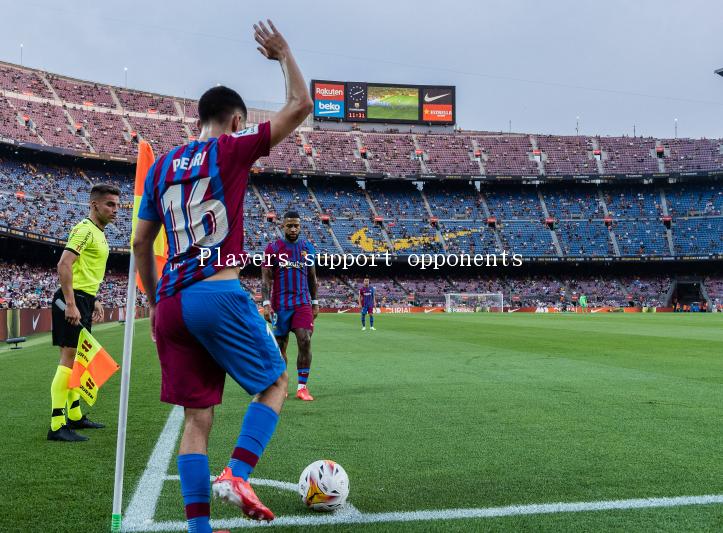




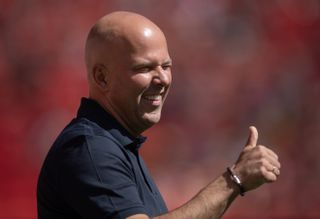
LATEST NEWS

